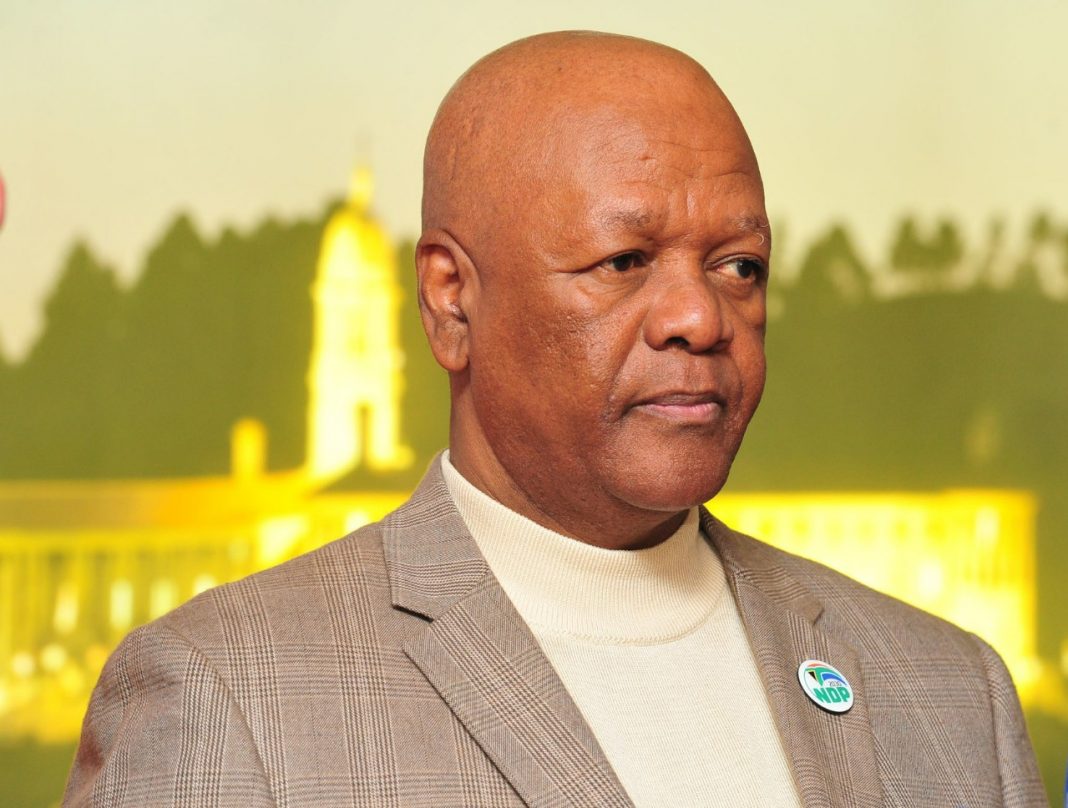‘Now isn’t the time for pessimism.’
Despite the geopolitical tension in Eastern Europe, the global economy appears to be on a firm path to recovery after a period of turmoil caused by the Covid-19 pandemic. While some of the hardest-hit economies, including ours, remain vulnerable, emerging green shoots in our economy give us comfort to assert that the worst of the pandemic is indeed behind us.
Most encouraging, though, is the gradual but steady realignment of supply chains across the globe which were disrupted at the height of the pandemic, which is cause for optimism. And make no mistake, our economy will re-discover its luster.
A unique character trait of our country and its people is our ability to persevere and rise above our challenges even in the face of adversity. As President Ramaphosa alluded to in his recent State of the Nation address, South Africa is alive with opportunities, and it’s time for contrarians to embrace the opportunities coming our way. Post-Covid, and as our industries are rebounding, we envisage a vastly transformed economic order in which sustainable and equitable economic growth will become a dominant theme.
As the Economic Reconstruction and Recovery Plan – government’s economic blueprint unveiled by President Cyril Ramaphosa in 2020 begins to take root, we are optimistic that the various infrastructure development projects such as the construction of bulk water infrastructure, construction of new road networks, energy capacity expansion plans, improvement of our port infrastructure among others, present great opportunities for sustainable as well as inclusive growth.
The Investment Conference provides an excellent opportunity for our country to create a new crop of Black Industrialists, women including youth entrepreneurs who for long were consigned to the periphery of productive sectors of the economy. In addition, and as the President outlined in the SONA address, the planned auction of the spectrum, which is now closer to reality, will usher in new technology and competitive pricing regime in SA’s telecoms landscape.
And as we know, technology and digitisation assist small, medium, and micro-enterprises (SMMEs) in accessing new markets. Other than increased access to broadband, we expect communication costs to come down, enabling a competitive positioning of our economy. Needless to remind, our country is endowed with abundant natural resources and renewable energy sources, ably positioning us to adopt the green revolution.
In addition, our natural resources, the solar, wind, biomass for power generation – skills and technological capacities put us in a prime position to take the lead in the emerging hydrogen economy and the green hydrogen value chain for the benefit of our people. Our ultimate objective is to position our country as a leading supplier to the world green market.
Most important, the development of the hydrogen industry will be a crucial enabler in South Africa’s just transition to a decarbonized future. It’s been proven that Hydrogen has the potential to decarbonize various industrial sectors, and we as government intend on getting involved in the development of those catalytic projects needed to develop this new industry.
In this regard, the government has officially launched a road map to identify high-level outcomes for a South African hydrogen economy. The Hydrogen Society Roadmap will serve as a national coordinating framework to facilitate the integration of Hydrogen related technologies in various sectors of the local economy, thereby stimulating economic recovery in line with objectives of the Economic Reconstruction and Recovery Plan.
There is scope in this strategy because, in developed economies, Hydrogen is now being used to power commercial buses. We hope that in the not-too-distant future, locally manufactured cars will be powered by green Hydrogen. But the fact that this can be used in many commercial applications, from welding metal to dying fabrics to making electronics, plastics, and fertilizers makes for a compelling case for adoption.
That said, the pronouncement last month by the South African Reserve Bank at its monthly policy meeting to the effect that the local economy would register a 1.7% growth this year is cause for optimism. To achieve this growth, we are cognizant of the need to inject massive capital into the economy, which effectively ties in with the South African Investment Conference (SAIC). In his foresight, President Cyril Ramaphosa 2018 committed to raising over R1.2 trillion worth of investments over five years.
Since its launch, SAIC has raised R774 billion in investment pledges to date. Off-key significance, this annual gathering of business titans and government leaders has always served to provide a reality check as to whether the private and public sectors are living up to their commitments in helping the country address the triple challenges of unemployment, poverty, and inequality. Therefore, we are pleased that the 4th edition of this prestigious gathering is scheduled for the 23-24th March in Johannesburg.
It is expected to take the country close to achieving the investment target set by President in 2018. As the President summed it up in his SONA address, Now isn’t the time for pessimism. It’s time for business, especially the private sector, to come to the party and show us what they are made of so together we can forge a sustained partnership and rebuild our economy.
*The author is a SAIC Presidential Envoy
